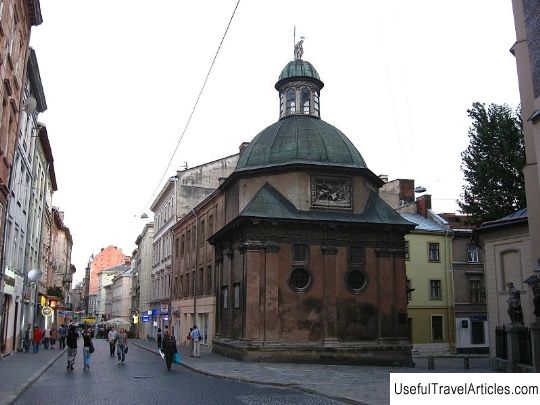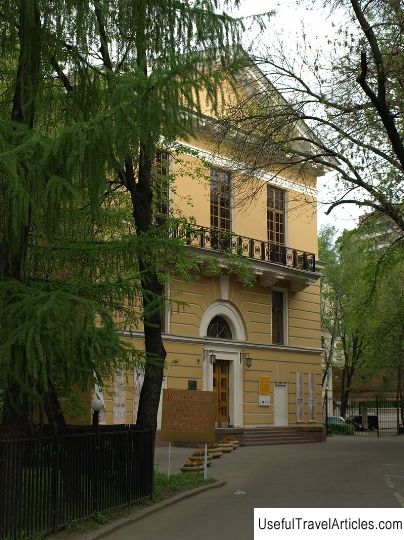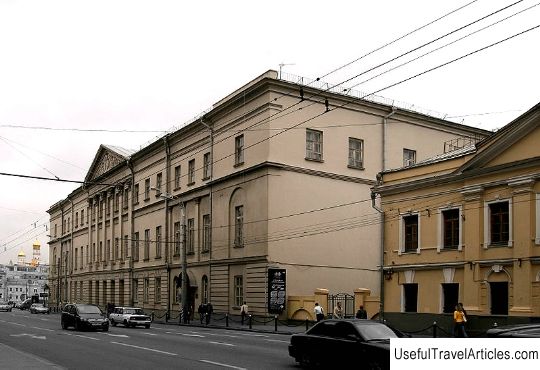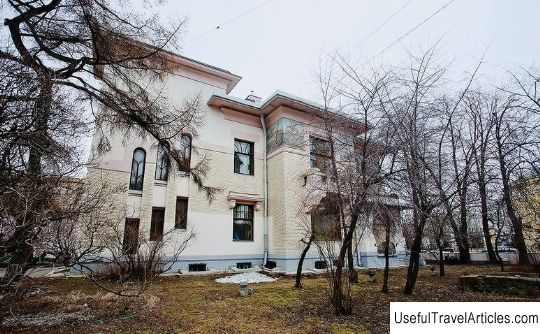Biological Museum named after K. A. Timiryazev description and photo - Russia - Moscow: Moscow
Rating: 8,5/10 (1246 votes) 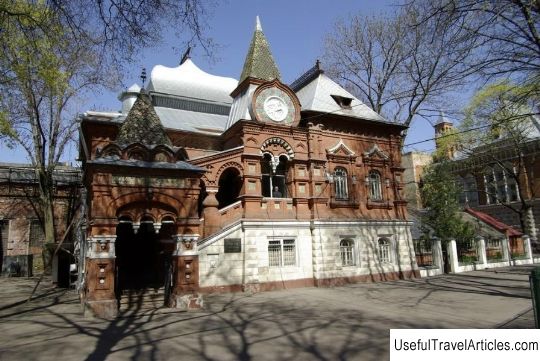
Biological Museum named after K.A. Timiryazev description and photos - Russia - Moscow: Moscow. Detailed information about the attraction. Description, photos and a map showing the nearest significant objects. Photo and descriptionThe State Biological Museum named after K. A. Timiryazev has been located since 1934 in the complex of buildings of the former Museum of Russian Antiquities of P. Shchukin. This is the famous "Shchukinsky" mansion, which was built in the New Russian style in the possession of Pyotr Ivanovich Shchukin, on Malaya Gruzinskaya Street. The mansion is an architectural monument of federal significance. In 1891, P.I.Shchukin acquired one hectare of land on Malaya Gruzinskaya Street. The architect B.V. Freidenberg was invited to design and construct the museum buildings intended to house the huge collection of antiquities of Pyotr Ivanovich. He began studying Russian provincial architecture in Yaroslavl and the cities of the North. Construction of the complex began in 1892 and lasted until 1905. In 1893, the first building was completed. It was built of dark red bricks and was located at the back of the site. The building had high gable roofs. In 1896, the museum building with the collection was opened to visitors. Very quickly it became cramped for a constantly growing collection. In 1896-1898 architects Adolf Erichson and V.N.Bashkirov built a second, more spacious museum building. The facade of the building faced the red line of the street. The second building was connected to the first underground gallery. In 1905, the architect F.N. Kolbe built a one-story building for the museum warehouse on the same site. It was sustained in the architectural style of the Moscow chambers of the 17th century. In 1905 PI Shchukin donated his collection and museum buildings along with the land to the Historical Museum. Shchukin himself remained the curator of the collection. He personally conducted excursions, purchased new exhibits for the museum, and paid for all museum expenses. In 1912, PI Shchukin died and the museum on Malaya Gruzinskaya was closed. In 1917, Shchukin's collection was transported to the Historical Museum. In 1918, the exposition of the Museum of Old Moscow was placed in the buildings on Malaya Gruzinskaya. Since 1934, the Timiryazev Biological Museum has been located in the Shchukinsky mansion. The funds located in the Shchukinsky mansion of the museum number over 60 thousand storage units. The collection of the museum includes natural science collections, materials on the history of science, the rarest books on natural history, works of art dedicated to wildlife. The museum has organized about twenty thematic exhibitions: The world of plants. The kingdom of mushrooms. Nutrition. Digestion. Metabolism. Blood and circulation. Nervous and endocrine system. Plant life. The evolutionary teachings of Charles Darwin. Human Origins. The underwater world in magic balls. Fundamentals of genetics and variability. Human genetics. Development of life on Earth. Nature and man. The world of animals. The botanical collection consists of 10 thousand exhibits. The systematic herbarium of plants represents the native flora. A huge collection of plant seeds from the wild. The collection contains cuts of trunks of all known tree species. The museum contains samples of agricultural crops reflecting the development of breeding. Many exhibits are presented in the form of diarms. The museum contains the herbariums of the famous botanists Meinshausen and Petunnikov. The collection of mushrooms contains 1500 exhibits. It presents natural exhibits of parasitic fungi living on trees, molds, lichen fungi. Hat mushrooms are represented by a collection of dummies. The new greenhouse of the museum features a live green exposition. The collection contains more than three hundred plants, more than two hundred varieties and species. In spring and summer, the museum hosts exhibitions of primroses, daylilies, peonies, lilacs, phloxes, gladioli, host. Exhibitions of orchids, cacti and uzambara violets have become traditional for the museum. The museum closely cooperates with the Moscow Flower Growers Center.          We also recommend reading Castle Naudersberg (Schloss Naudersberg) description and photos - Austria: Tyrol Topic: Biological Museum named after K. A. Timiryazev description and photo - Russia - Moscow: Moscow. |
